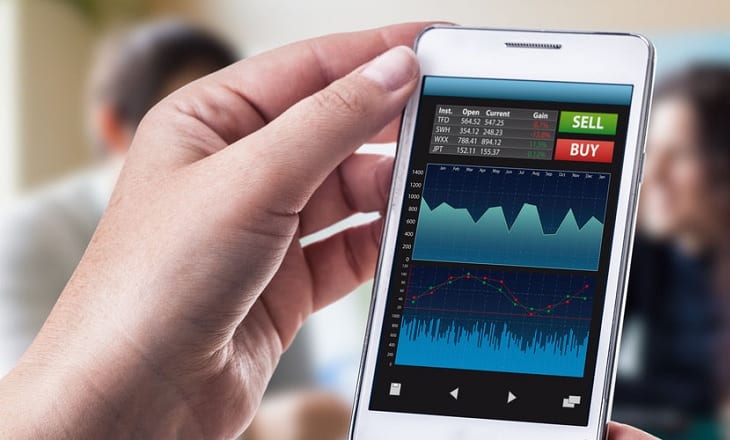Is trading is just too complex for mobile? Nicc Lewis, Chief Marketing Officer at Leverate, explains.

Nicc Lewis, Leverate
To be sure this title could be considered misleading; has mobile trading failed or has our generation failed to pick it up?
Certainly in South East Asia, in countries such as Malaysia, trading from a mobile device is the norm. From the perspective of Europe and North America, mobile adoption seems to defy logic and remains relatively low compared with many other interactive consumer industries such as gaming or e-commerce. In sports betting for example, by 2011 it was widely reported* that the 50% threshold of mobile adoption had been broken. That meant that more consumers were using mobile than desktop. Not only that, mobile users had longer session time, more returning visits, more activity and higher value than desktop users.
Six years later, we might be seeing a growth in mobile usage for financial trading, but it would be a very brave broker to tell you that the 50% threshold has been broken for mobile trading. Likewise, it would require a fair amount of bravado to go mobile first on marketing. Cast your mind way back to 2011; the top selling devices included: iPhone 4, Samsung Galaxy SII and Motorola Droid Bionic. Some phones still had physical keyboards! Today, devices are bigger, have higher resolution, enjoy faster networks and processing power has increased exponentially (see Moore’s Law). So what is going on? While there are many theories floated to explain this phenomenon, I will analyze at the most common barrier – trading is just too complex for mobile.
Supporting desktop
The arena of financial trading is more complex than other industries. Many desktop users have multiple screens with charts, chart analysis, news, indicators and other information running simultaneously. Traders analyze live information while building there strategy and orders.
Mobile is limited to a single small screen. Native applications can utilize menus and swipe screens but it is more complex for the user and less friendly. Depending on strategy, traders may need to adjust and fine tune their trades live or close positions instantly. While automatic stop losses and take profit can execute some strategies, they do not cover the full range required, such as shooting stars or hammers, which is typically assessed by day traders looking for events. We can discount all issues associated with security and payments as mobile banking and payments is widely practiced today.
Supporting mobile
Your mobile device is with you 24/7/365 – it is the perfect device for alerts, to check positions, adjust automatic presets, and react to sudden market information. Mobile is also the key communication tool between supplier and customer whether it be via email, messaging or push notifications. As we move from desktop to mobile, the way we interact with interfaces changes. Rather than adapt desktop to mobile, we adapt the way we work.
Generation Game
As each new generation matures, they are further transitioned from desktop first to mobile first. Their interaction with the world is different. Perhaps this is where the financial trading industry is falling behind. Typically traders are slightly older and more attached to a desktop setup. Perhaps the issue is partially due to brokers not knowing the power and potential mobile can bring to their traders.
The Path to Adoption
The first logical step to mobile adoption is as a value added feature for desktop. Traders can still use multiple screens for analysis and setting up their trades. Then they can take a powerful management tool with them to alert and adjust from anywhere, at any time. As the new generation of traders matures, they will demand mobile first. My personal forecast, is that this is a trend that will develop sooner, rather than later.
*Business Insider report.
